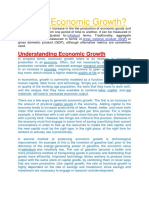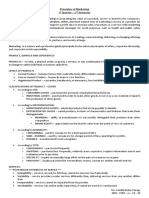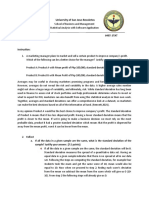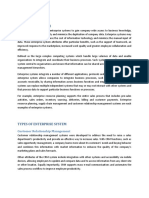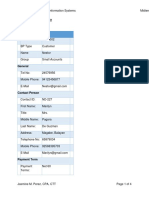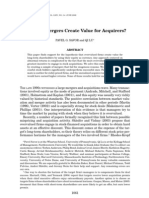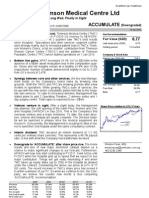0% found this document useful (0 votes)
96 views28 pagesMidterm Lesson 4 PDF
This document discusses key concepts in national income accounting including:
- Measures of national income such as GDP, GNP, and per capita income which are used to measure economic performance.
- GDP is the market value of all final goods and services produced domestically in a given year.
- GNP includes the market value of domestic output plus income earned by domestic residents from foreign countries, minus income earned in the domestic economy by foreign residents.
- Inflation can be measured using the GDP deflator, which is the ratio of nominal GDP to real GDP adjusted for price changes over time.
Uploaded by
Joshua CabinasCopyright
© © All Rights Reserved
We take content rights seriously. If you suspect this is your content, claim it here.
Available Formats
Download as PDF, TXT or read online on Scribd
0% found this document useful (0 votes)
96 views28 pagesMidterm Lesson 4 PDF
This document discusses key concepts in national income accounting including:
- Measures of national income such as GDP, GNP, and per capita income which are used to measure economic performance.
- GDP is the market value of all final goods and services produced domestically in a given year.
- GNP includes the market value of domestic output plus income earned by domestic residents from foreign countries, minus income earned in the domestic economy by foreign residents.
- Inflation can be measured using the GDP deflator, which is the ratio of nominal GDP to real GDP adjusted for price changes over time.
Uploaded by
Joshua CabinasCopyright
© © All Rights Reserved
We take content rights seriously. If you suspect this is your content, claim it here.
Available Formats
Download as PDF, TXT or read online on Scribd
/ 28




































